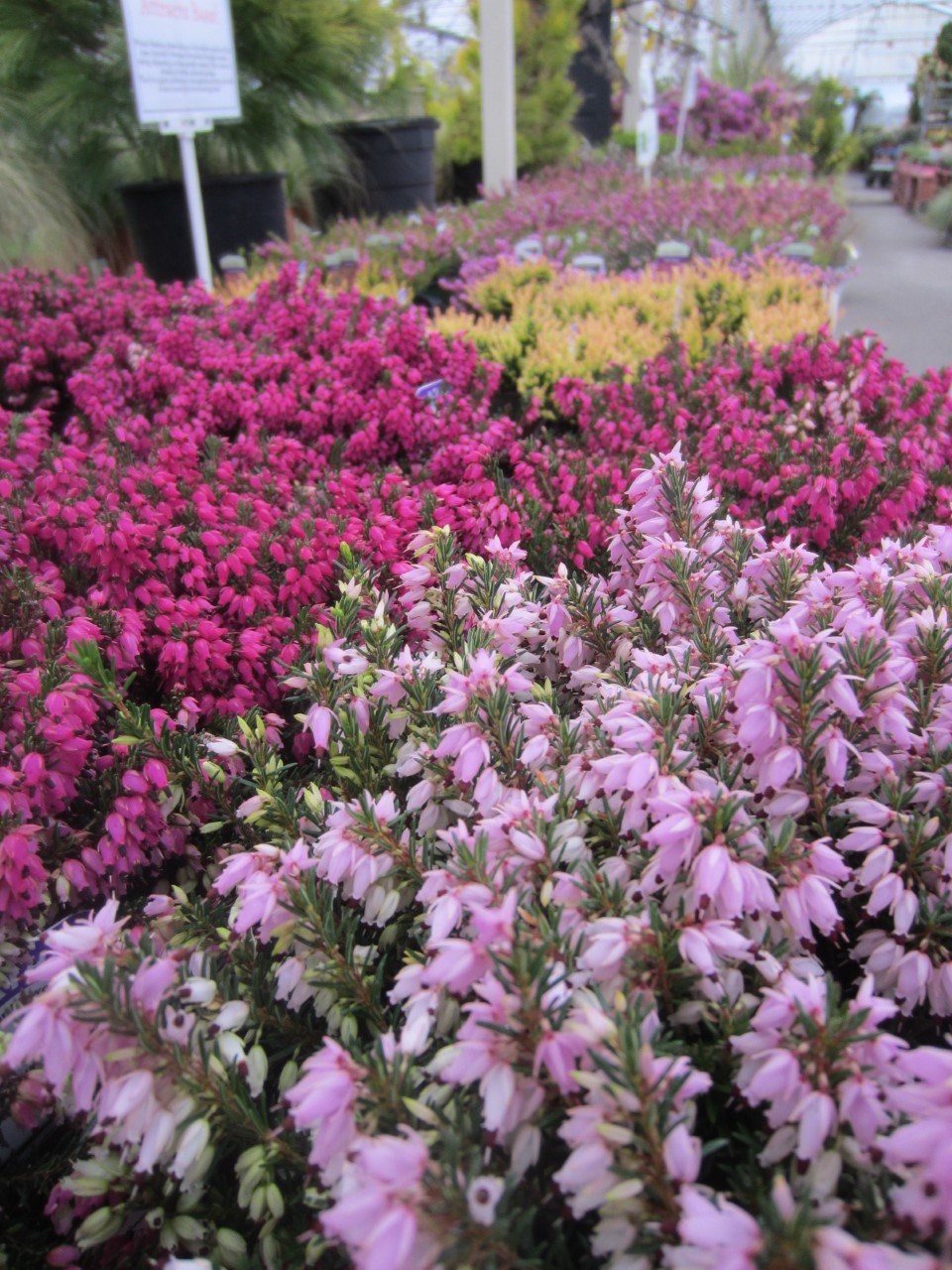he following column was submitted to the Tri-City News from Brian Minter — master gardener, best-selling author, Order of Canada recipient and co-owner of Minter Country Garden Store.
Winter-flowering heathers are not only an outstanding source of colour all fall and winter, but are also a wonderful source of pollen and nectar for bees.
The loss of our beautiful garden colour, especially on cold, rainy days, can make our yards seem bleak.
The fresh, attractive appearance of new heather buds will really transform a dull landscape.
With a little careful planning, you can stretch that colour for a continuous display from October through May of the following year.
There are, however, a few secrets to planting and displaying these important winter gems.
One of the finest features of winter heathers is their ability to grow in areas where other plants have some difficulty.
Certainly, they perform best in well-draining soils.
Because heathers will not tolerate heavy clay soils or wet feet, we have, over the years, had the most success by preparing the planting hole with a 50 per cent mix of fine fir or hemlock bark mulch.
Although they are sun-loving plants, heathers bloom just as profusely, perhaps a little bit taller, in lightly shaded locations.
One important feature to remember is that heathers have hundreds of finely textured roots.
Unless you moisten the rootball thoroughly and gently ruffle up the root system, your heathers will probably get into trouble. A rootbound plant has difficulty pushing its roots out into new soil unless the outer mat of solid roots has been carefully loosened up.
Winter heathers are very hardy, but we have always recommended planting them out of the coldest winter winds, as we do with all winter-flowering plants. After our severe cold winter winds last year, be sure to mulch around them for extra protection and wrap some amazing N-Sulate cloth around your containers to protect them as well.
Winter heathers can be used in so many ways.
They make ideal ground covers when planted at 24- to 36-inch centres. They can create great borders and sensational low hedges. I love to use them in containers, especially mixed with other colourful evergreens.
Heathers will certainly liven up any planter. No rock garden would be complete without a grouping of heathers, and blocks of white heathers, planted among your evergreen beds, would create quite a pleasing effect.
One of the most impressive ways to use heathers is to plant them as groupings in a bed by themselves. Alternatively, blend in a few colourful dwarf conifers, like 'Blue Star' juniper, orange-toned ‘Rheingold’ cedars and ‘Golden Mop’ thread cypress for the beginnings of a well-textured planting. Adding a few spring-blooming bulbs and evergreen perennials will also enhance the display.
Most heather flowers come in shades of whites, pinks and red, and there is a wide range of foliage colours too. The old favourites, however, are still the most in demand. For a good white variety, try 'Silberschmelze’' and ‘Springwood White’. My choices for pink varieties are ‘Wintersonne’, ‘Rosalie’ and ‘March Seedling’. My favourite varieties are the vivid carmine flowers of 'Kramer's Red' and 'Nathalie' that have beautiful dark winter foliage.
By using some of the new golden foliage heathers, like 'Golden Starlet' (white flowers), 'Mary Helen' (pink flowers) and ‘Eva Gold’ (dark pink flowers), you can add a great deal of contrast. When they finish blooming in spring, it’s always nice to still have that distinctive golden foliage. Heathers have always been one of my favourite plants, and I sincerely hope you plant some newer varieties now to create more vibrant colour in your winter garden.





